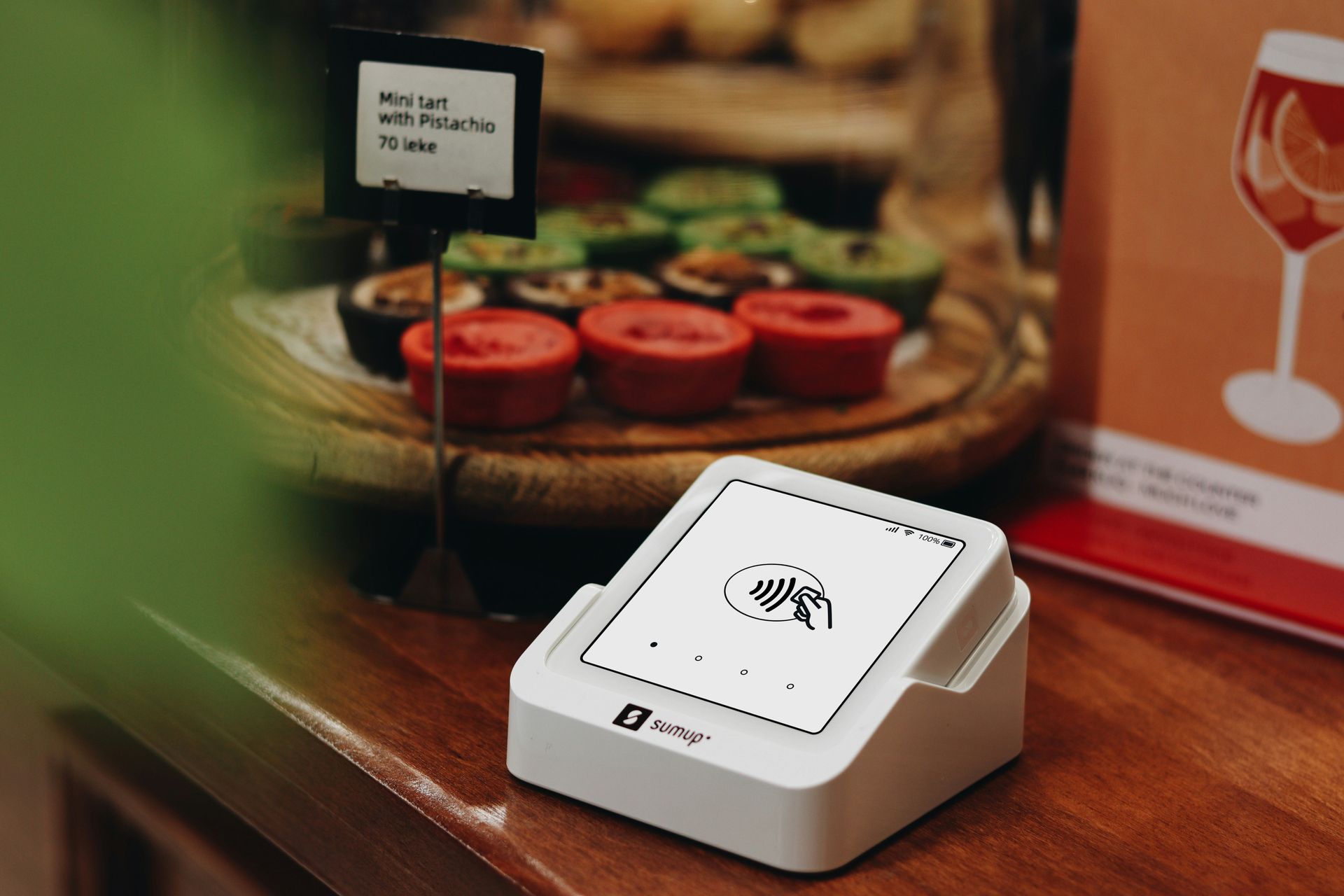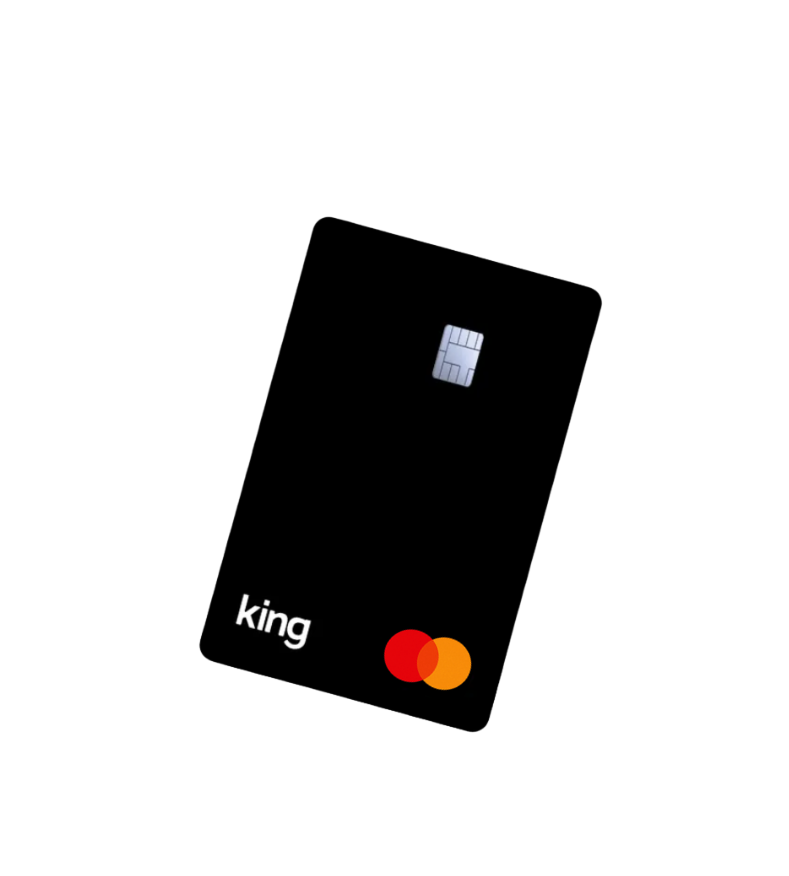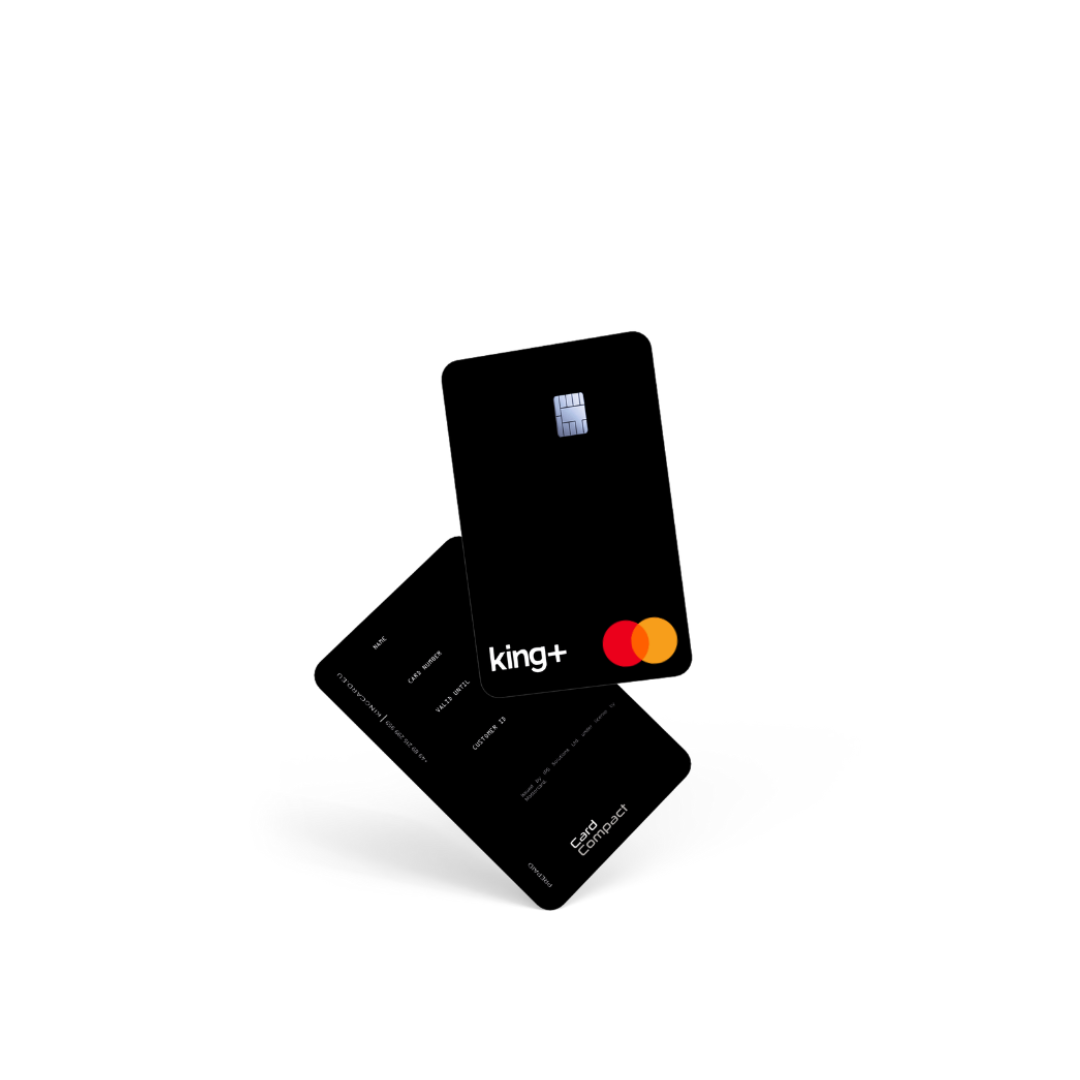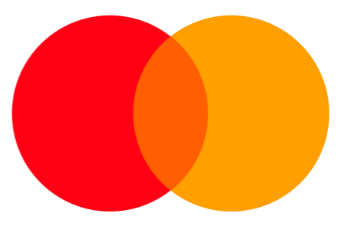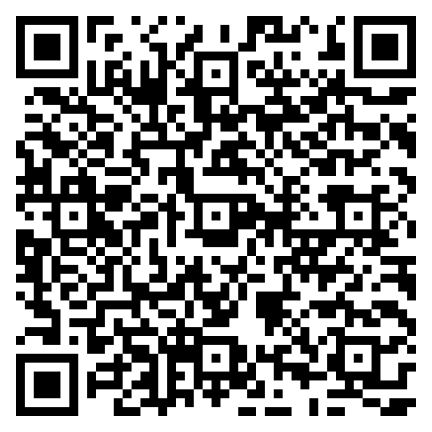What is an IBAN?
What is an IBAN? Everything you need to know
The
IBAN
(International Bank Account Number) is a key component of modern international banking. It ensures that transfers within Europe and worldwide are simpler, faster, and more secure. But what exactly is the IBAN, how is it structured, and why is it so important? In this article, you will learn everything you need to know about the IBAN.
What does IBAN mean?
The IBAN stands for International Bank Account Number. It is an internationally standardized bank account number that allows payments to be made securely and accurately between different banks. The IBAN was developed by the International Organization for Standardization (ISO) and SWIFT to simplify international transfers.
Why do you need an IBAN?
The IBAN makes payments more efficient and secure. It is primarily used for:
- SEPA transfers within Europe
- International bank transfers
- Direct debits in the SEPA area
Thanks to the IBAN, errors caused by incorrect account numbers have become a thing of the past.
How is an IBAN structured?
An IBAN consists of up to 34 characters, depending on the country. In Germany, it consists of 22 characters. Here is the structure in detail:
Country code:
Two letters (e.g., DE for Germany)
Check digits:
Two digits that help detect errors in the IBAN
Bank code:
8 digits to identify the bank
Account number:
Up to 10 digits that uniquely identify your bank account
How to find your IBAN?
You can find your IBAN in several ways:
Bank card:
Most bank cards have the IBAN printed on them.
Online banking:
Log into your online banking account to view your IBAN.
Bank statement:
Your IBAN is also displayed on your bank statements.
Bank app:
Many banks provide your IBAN in their mobile banking apps.
If you don't have your IBAN handy, you can calculate it using your account number and bank code. Many online tools offer this functionality.
IBAN in the SEPA region
The IBAN plays a crucial role in the SEPA region (Single Euro Payments Area). SEPA was introduced to standardize cashless payments in Europe. It includes:
SEPA Transfers:
Simple transfers within Europe
SEPA Direct Debits:
Automatic payments for bills
The SEPA region includes 36 countries, including all EU member states and some non-EU countries like Norway, Switzerland, and the United Kingdom.
IBAN vs. BIC: What is the difference?
In addition to the IBAN, the BIC (Bank Identifier Code) is often required, especially for international transfers. Here are the key differences:
IBAN:
Identifies a specific bank account
BIC:
Identifies the bank, also known as the SWIFT code
For SEPA transfers within the EU, the BIC has become optional.
Why is the IBAN important?
The IBAN offers many benefits:
Fast transfers:
Within the SEPA region, often within one business day
Error reduction:
Check digits prevent typos and errors
Unified standard:
Whether you transfer money to France or Spain, the IBAN follows the same international format
At first glance, the IBAN may seem complicated, but it is an essential tool in modern banking. It ensures that your transfers are conducted securely and efficiently. Whether you are paying bills, sending money abroad, or setting up a direct debit – the IBAN is your companion for seamless payments.







